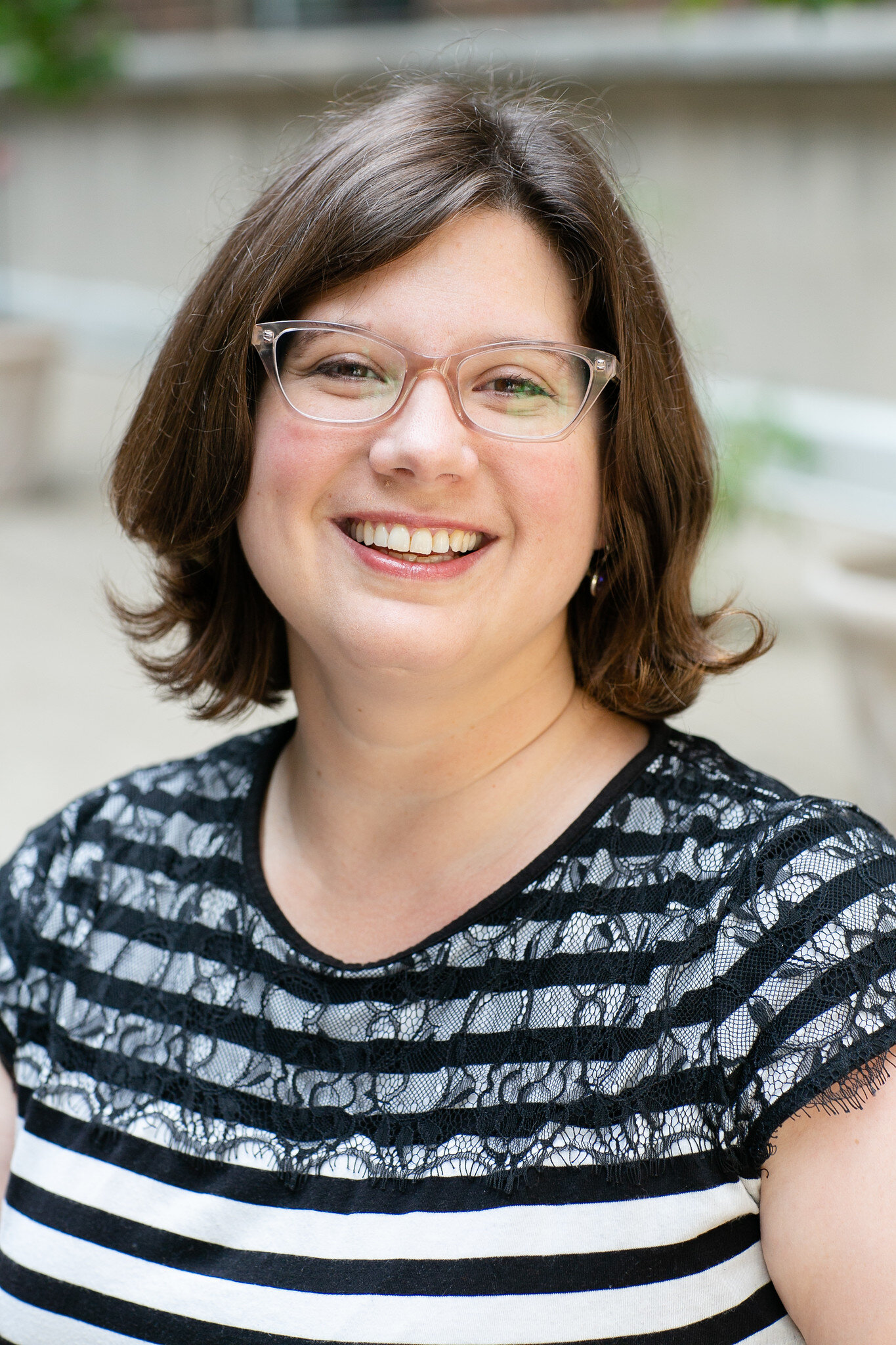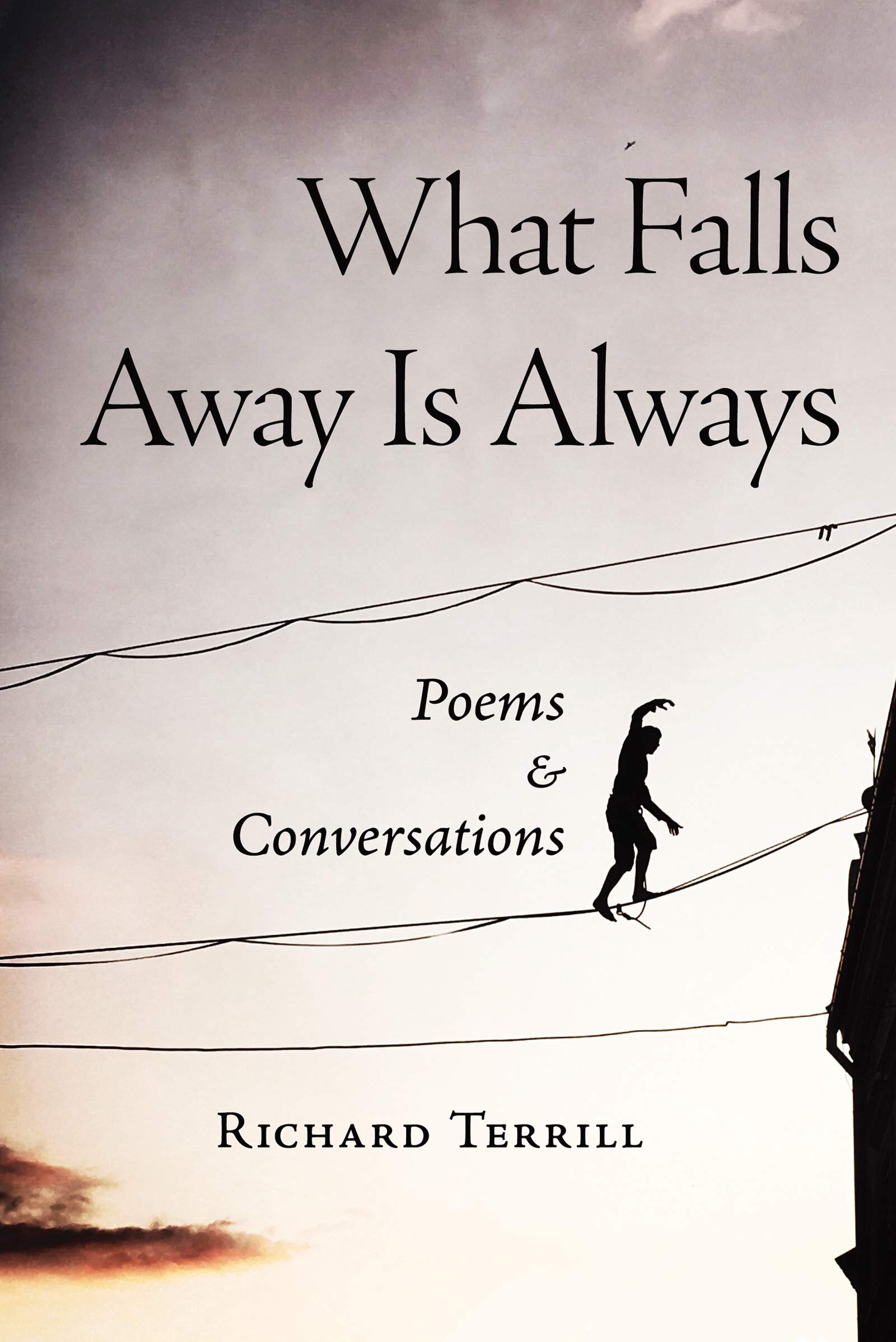Hayley Jacobson: Your poems have been published in multiple literary magazines. What was it like when you got the news that your first poem was published?
Claire Wahmanholm: My first real publication was the poem “Dover in November” (a poem of the same title appears in Redmouth, but they’re very very different). It was accepted by Cider Press Review back in July of 2010. I was doing a fellowship in Florence, Italy at the time, and I remember drinking Limoncello that night and then also accidentally sticking my finger in the electrical outlet underneath the desk in my excitement. PSA: don’t drink Limoncello and try to plug anything into foreign outlets.
HJ: What was your inspiration for your second collection, Redmouth? What was your favorite poem to write?
CW: I wrote a lot of Redmouth during my exam year at Utah, and my lists were focused on the elegy as well as the religious and scientific sublime. So Classical elegiac texts (especially Theocritus and Ovid) loom behind many of these poems, as does Lucretius, Pascal, the Book of Job, Julian of Norwich, Freud’s Mourning and Melancholia, and Robert Burton’s Anatomy of Melancholy. Redmouth is a lot about how grief pulverizes the self and makes it a stranger to the rest of the world.
My favorite poems to write aren’t necessarily the ones that end up being my favorites to read. But if we’re talking about craft, and which poems were fun to write in the moment, it would probably be one that was really process-intensive (and there are a lot of these in the book!). “Answer” and “Dover in November” both relied on working pretty closely with their source texts (May Swenson’s “Question” and Arnold’s “Dover Beach,” respectively). I love both of those poems dearly, so spending that time with them was really rewarding. But the poems that feature rhyme schemes (all the sonnets, “Lullaby,” “Heliosphere”) were also fun to try to pull off. And the erasures were also satisfying to puzzle out. I love having restrictions to work against—there’s very much that “sense of difficulty overcome.”
HJ: I notice you tend to focus on darker subjects. One of my favorite poems of yours was “The Carrion Flower” that was published in Winter Tangerine. What draws you to the darker side of life? How do you reflect that in your work?
CW: Oh, I’m so glad you like that one! I do, too. I don’t know if I would go so far as Tolstoy does and say that “all happy families are alike,” but I will say that other people’s happiness doesn’t do much for me. That is, happiness in some way feels more subjective, more private, more inaccessible, than grief does. This isn’t to say it isn’t interesting—just that it doesn’t share particularly well (for me). But for some reason, reading about other people’s grief is far more interesting and immediate. When I’m inhabiting terror or grief or panic, it feels productive to solidify the borders of that experience—to make them more tangible or “knowable” in some way (which is what poetry does, at least for me). When I’m feeling sublime happiness, it feels far less necessary to provide that same level of structure.
HJ: Titles have always been hard for me. How do you come up with some titles for your work?
CW: It really depends on the overarching project. I rarely think of poems as individual entities anymore—I think about them as eventual characters in a larger project. For the prose poems in Night Vision (and later Wilder), I wanted the titles to not distract from the world-building, so I tried to keep them as uniform and neutral as possible (so they’re mostly “The X,” “The Y,” etc.).
But I also like to repeat titles (four of the above prose poems are called “Relaxation Tape,” for example). In my new manuscript I have a bunch of titles that start “The New” (“The New Fear,” “The New Horticulture”); I have a series about glaciers that are titled “Glacier 1,” “Glacier 2,” etc.; and I have several that riff on the phrase “a land where everything is trying to kill you” (“You Will Soon Enter a Land Where Everything Will Try to Kill You”; “In a Land Where Everything is Trying to Kill Me, I Enter a New Phase of My Life in Which It Would be Very Bad if I Died”; “In a Land Where Everything Is Trying to Kill You, I Teach You to be an Autotomist”). I like using titles to tie the various threads of a manuscript together. Doing this also forms little families within a manuscript, which I’m into. I use it as a rhythmic element in some ways.
HJ: Your works are both dark and fantastical. How do you walk the line of realistic while tying in fantasy so well?
CW: For me at least, realism is necessary for the fantasy to land. I like speculative stuff when it adheres fairly closely to what we might think of as the “real world.” I don’t want folks to have an excuse to feel removed from the context of the poems—I want it to feel like this world, but with a couple horrifying slants. So, I like to use fairly familiar landscapes (forests, fields, valleys, etc.) that behave in hostile, off-kilter ways. I want the effect to be uncanny in the Freudian sense of the term.
HJ: Poetry is all about balancing life and writing. What are some tips you have for keeping balance in your life when times seem tough—especially right now with the outbreak of COVID-19?
CW: Great great question. I’m very much living in this tension right now (as we all are to various degrees). I teach high school, so I’m only ever able to write in the summer anyway, which leads to an admittedly pretty unbalanced schedule where I have to go go go in the summer, shut it all off for nine months, and then pick up where I left off and hit the ground running again. But the thing that keeps me tethered to the writing life during the school year is reading (which is, really, just as much a part of “doing poetry” as the actual writing is). And that’s what I’m doing a lot of right now—both because I’m reconfiguring my classes for distance learning (which means having to rebuild a portion of the syllabus), and also because reading other people’s stuff takes me out of myself in a helpful way (also it’s helping me live in a steadier world than social media can provide right now). My students are scheduled to do blank verse + sonnets when we start up online, so I’ve been immersing myself in those forms while I put this new syllabus together. There’s this great chunk of lines from Tennyson’s In Memoriam: “But, for the unquiet heart and brain,/ A use in measured language lies;/ The sad mechanic exercise/ Like dull narcotics, numbing pain.”
HJ: What advice do you have for young writers and poets?
CW: Try to write as many different kinds of poems as possible. I think it’s very easy to be like, “oh, I don’t write in form,” or “I don’t write persona poems” or “I don’t write about cities” etc. I get it—once you’ve mastered a certain kind of mode or voice or material, it can be tempting to stay in that space. Who doesn’t like to do what they’re good at? And I certainly haven’t been awesome at this, historically. When I was first starting out, I was pretty sure that free verse was it for me and that everything else was trash. But then in my MFA program I was forced to take form seriously, and I was like jkjkjk this is the best most rigorous thing and everything else is trash. Then I got into prose poems and was like jkjkjk this is it, for real. I wasted a lot of time being resistant to trying new things, and I’d like that time back now.
I also have some more advice at the bottom of this interview , which basically boils down to a) read, b) find a good workshop group, and c) surprise yourself.















